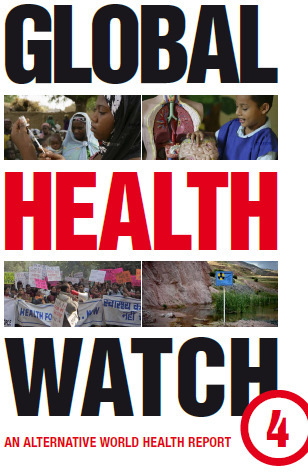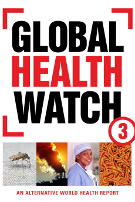13.11 Elimination of schistosomiasis
Documents A65/21 and EB130/2012/REC/1, resolution EB130.R9
See WHO Watch Notes of Discussion at EB130
Report of Discussion at WHA65
Watch this space
The issues before the Assembly
The Assembly has before it a report from the Secretariat on the elimination of Schistosomiasis (A65/21) and a draft resolution forwarded from the Executive Board (EB130.R9).
The report mentions that the goal of resolution WHA54.19 on schistosomiasis and soil-transmitted helminth infections (regular administration of chemotherapy to at least 75% and up to 100% of all school-age children at risk of morbidity in endemic areas by 2010) has not been achieved.
The report notes progress in expanding schistosomiasis control, particularly through large-scale schistosomiasis treatment carried out in endemic countries.
The draft resolution urges redoubled efforts and funding including attention to sanitation and water supply as well as mass medication.
PHM comment
Only 12% of people at risk of schistosomiasis morbidity and 23% of school-age children at risk of morbidity due to soil-transmitted helminthiases have benefitted from preventive chemotherapy with praziquantel and with benzimidazoles, respectively.
It is simplistic and misleading to say that “global supplies of praziquantel are insufficient”, and that “lack of praziquantel is the major barrier to schistosomiasis control”.
Praziquantel is a cheap medicine, and it is readily available in developing countries with basic pharmaceutical production capacity.
Schistosomiasis has deep cultural and socio-economic root causes which go beyond the unavailability of praziquantel. it primarily a disease of social determinants including poor hygiene and lack of access to clean water and sanitation. This is mentioned in the the WHO fact sheet on schistosomiasis: “people are at risk of infection due to agricultural, domestic and recreational activities which expose them to infested water”, and that “hygiene and play habits make children especially vulnerable to infection”.
Schistosomiasis has its deep roots in the geography and culture of where it is endemic, and its eradication requires holistic approaches.
The proposed resolution (EB130.R9) does not set out a comprehensive short, medium and long‐term plan for the elimination of schistosomiasis. Strategies should include but go beyond resource mobilisation for mass preventive treatment. While mass praziquantel treatment is effective in controlling the burden of morbidity from schistosomiasis, elimination of the disease calls for a more broad‐based strategy. Strong intersectoral collaboration is needed to ensure that such projects are planned with full consideration of the implications for all soil transmitted infections.




